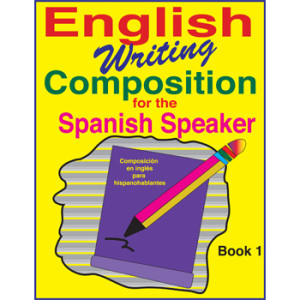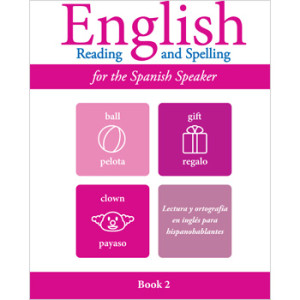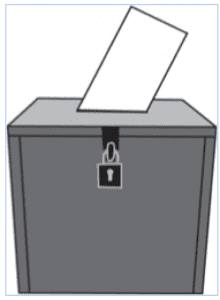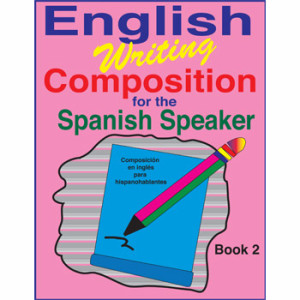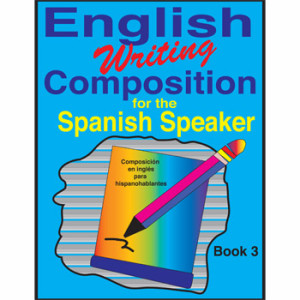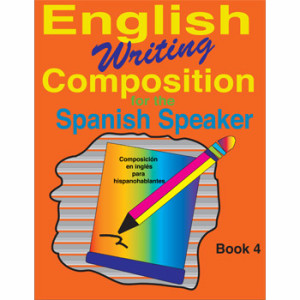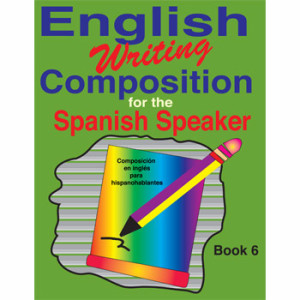Adult Education
Adult education is a public education program for all adults. Adult schools offer free to low-cost classes for adults 18 and older. Students can get a high school diploma, general education diploma (GED), learn about jobs, learn to speak English, and learn how to become a U.S. citizen. Adult schools are located in many cities and towns.
Adult Basic Education Programs
Adult Basic Education programs help students increase their skills in reading, writing, grammar and math. These programs prepare students to complete high school subjects and GED programs. ABE helps students increase their reading/writing and math skills to improve their workplace abilities.
Adult English Language Instruction Programs
Adult English Language Instruction Programs are designed to help immigrants and others who have not yet developed proficiency in English to acquire the basic knowledge and skills they need to function effectively as parents, workers, and citizens.
Fisher Hill has a language series for Spanish-speaking teens and adults who want to learn English. This series is very popular with Adult Education classes. English for the Spanish Speaker is a four workbook series. Each book in the series has eight lessons. In Books 1 and 2, the lessons are about every day activities. In Books 3 and 4, four lessons are about every day activities and the other four are about United States history or government. The print in the workbooks is large. The reading level in Book 1 is at the first and second grade level. The books get progressively more difficult. The reading level for Book 4 is at the fourth grade reading level. Each lesson begins with a vocabulary list, then a conversation, story, activity pages, and finally an answer key. The lessons are bilingual with the word lists, conversations, and stories presented in Spanish and English. The directions for the activity pages are in Spanish but the activities are in English. There are two dictionaries at the back of each workbook: a Spanish dictionary and an English dictionary. There is a CD available for each workbook so students can listen to the vocabulary lists, conversations and stories in English. This series has been very popular with adult education classes.
Visit our website at www.Fisher-Hill.com to read more about our workbooks that help Spanish-speaking teens and adults learn English.







